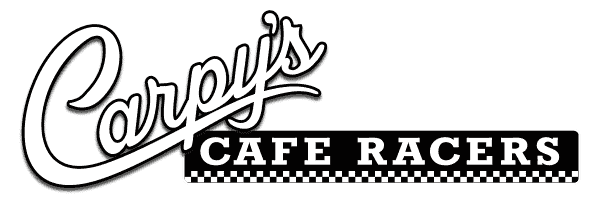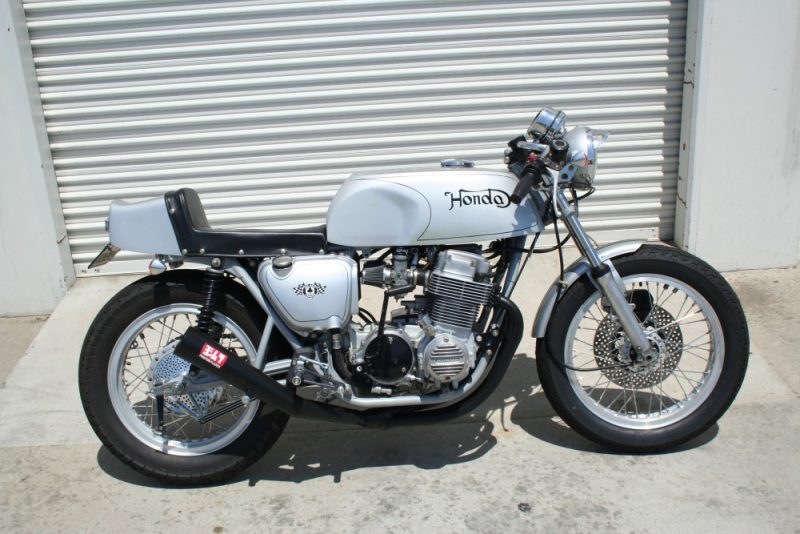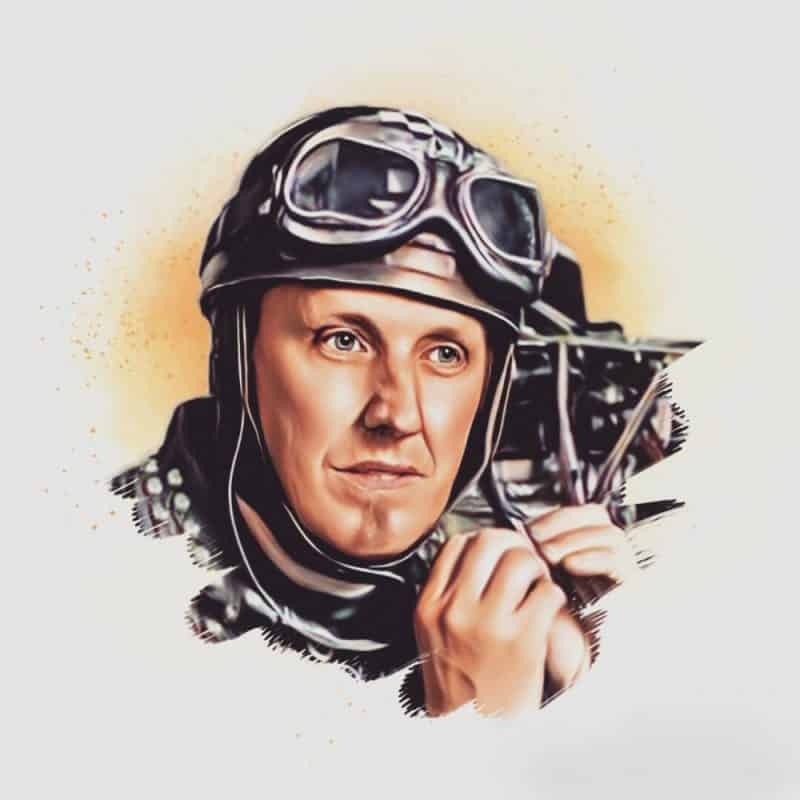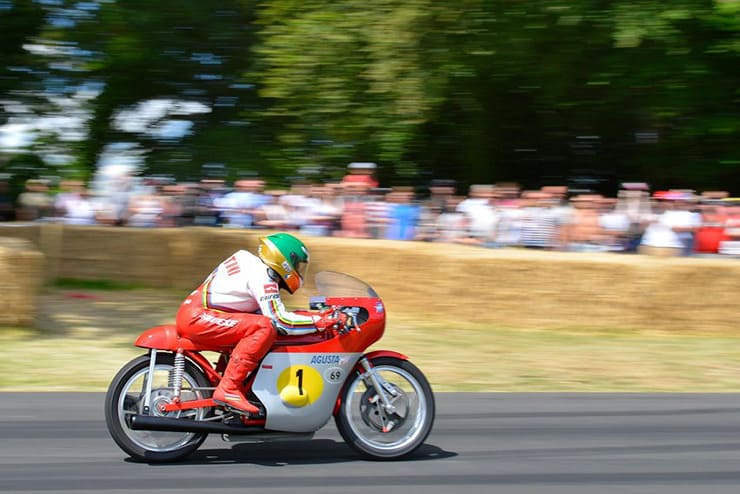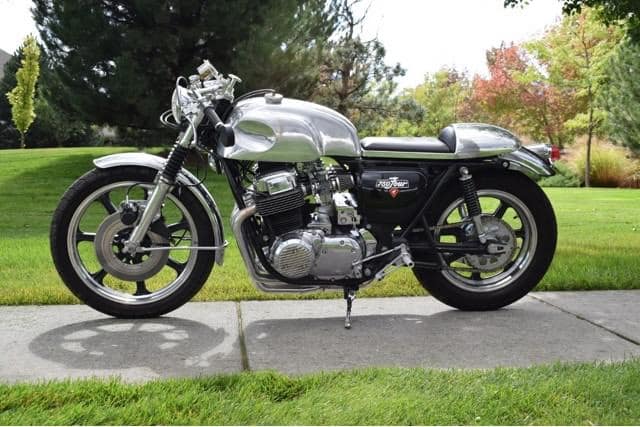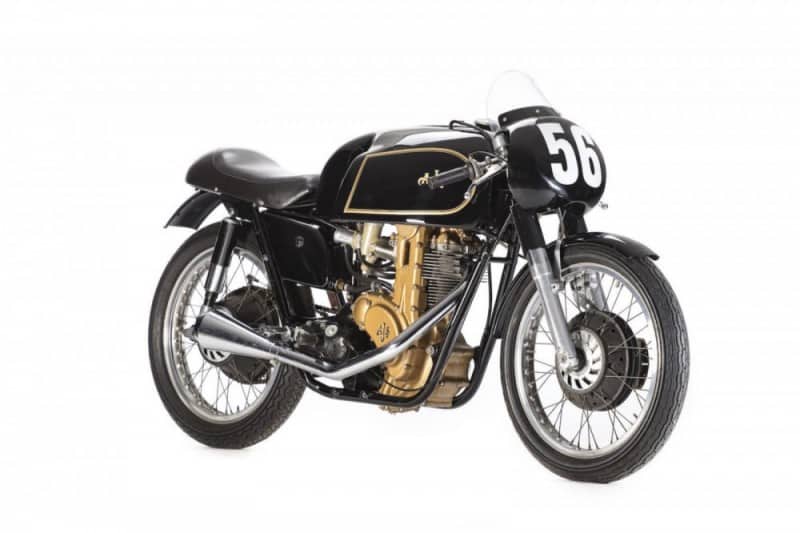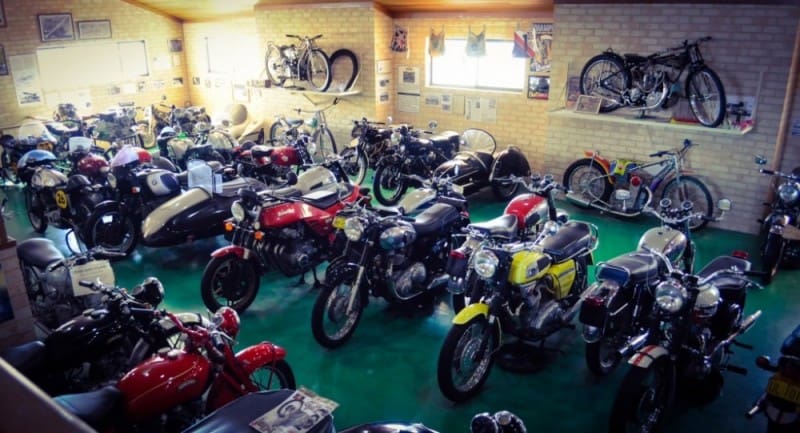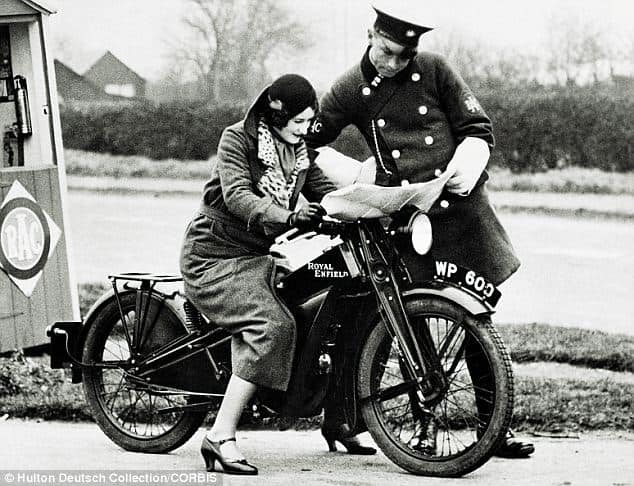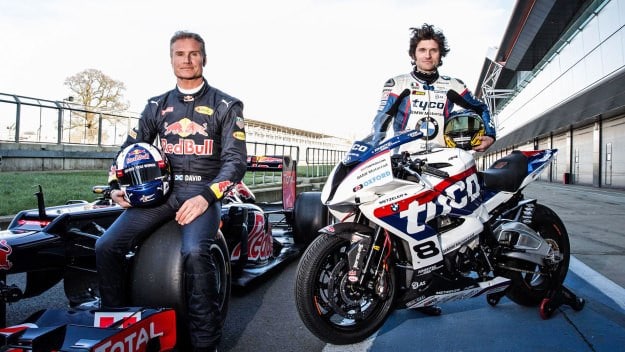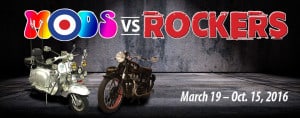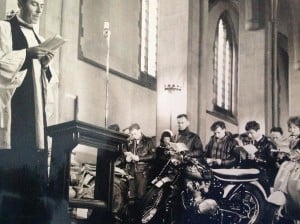No products in the cart.
Blog, Carpy’s Café Racers
CB750 Silver Cafe Bike The Silver Manx
I have built so many Motorcycles over the years and its hard to keep track as to what I have turned out over these 24 years here in Southern California, but every now and again I will be reminded of a unique machine that I created and today is no different. I created this machines […]
